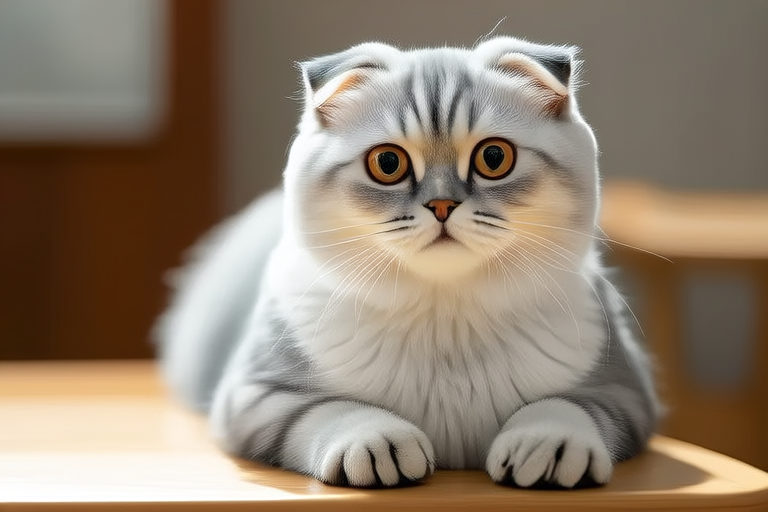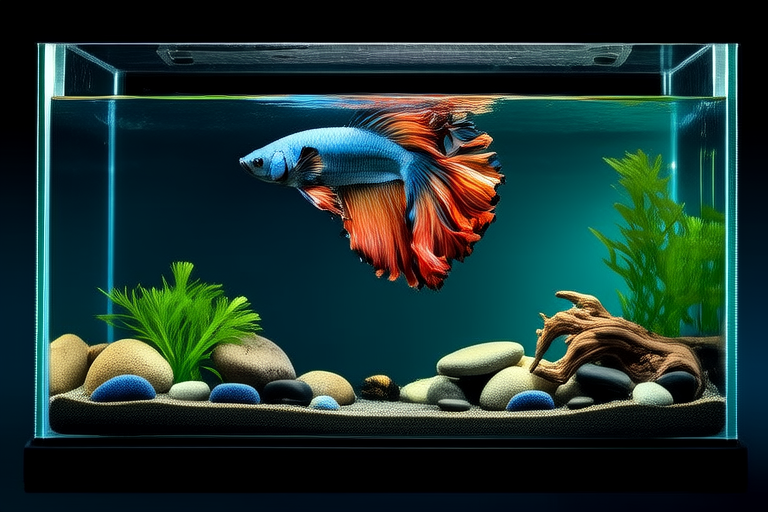
The Ultimate Guide to Keeping Your Clownfish Happy and Healthy at Home
Welcome to your comprehensive guide to maintaining a thriving environment for your beloved clownfish. Whether you’re a seasoned aquarist or just starting out, this guide will provide you with all the information needed to ensure your clownfish live long, healthy, and happy lives.
Understanding Clownfish: A Brief Introduction
Clownfish, also known as anemonefish, are small, colorful fish that are popular among aquarium enthusiasts. They are native to the warm waters of the Pacific and Indian Oceans, and they have a unique symbiotic relationship with sea anemones. In captivity, they can make great pets if provided with the right environment and care.
Tank Setup Requirements
Choosing the Right Tank Size
For a single clownfish, a minimum tank size of 20 gallons is recommended. However, if you plan to keep multiple clownfish or add other species, a larger tank of at least 40 gallons is preferable. This ensures adequate swimming space and reduces stress.
Substrate and Decorations
Use a sandy substrate to mimic their natural habitat. Decorations like live rock, caves, and plants provide hiding spots and stimulate exploration. Ensure there are no sharp edges that could injure your fish.
Water Filtration and Flow
A high-quality filter is essential for maintaining water quality. It should be capable of handling the entire tank volume every hour. Additionally, include a gentle water flow to simulate ocean currents.
Water Parameters Maintenance
Temperature and pH Levels
Keep the temperature between 76°F and 82°F (24°C and 28°C) and the pH level between 8.1 and 8.4. Regularly monitor these levels using a reliable thermometer and pH meter.
Ammonia, Nitrite, and Nitrate Levels
Maintain ammonia and nitrite levels at zero and keep nitrate below 20 ppm. Perform partial water changes weekly to help maintain these levels.
Suitable Tank Mates
Choose tank mates carefully to avoid aggression. Compatible species include damselfish, cardinal tetras, and certain types of shrimp. Avoid aggressive or territorial fish that may bully your clownfish.
Diet and Feeding Tips
Feeding Frequency and Amount
Feed your clownfish twice daily with a variety of foods such as frozen brine shrimp, bloodworms, and high-quality flake food. Offer only what they can consume within a few minutes to prevent overfeeding.
Variety in Diet
Incorporate a mix of protein-rich foods to ensure a balanced diet. Consider adding occasional treats like mysis shrimp or algae wafers.
Common Health Issues and Prevention Methods
Ich and Other Parasites
Ich is a common parasite that causes white spots on fish. To prevent it, quarantine new fish before introducing them to the main tank and maintain good water quality. Treat affected fish promptly with appropriate medication.
Fungal Infections
Fungal infections often occur due to poor water quality or physical injuries. Keep the tank clean, avoid overcrowding, and treat fungal infections with antifungal medications.
Enrichment Activities to Stimulate Natural Behaviors
Interactive Toys and Structures
Provide toys and structures that encourage exploration and play. Floating objects or sinking treats can stimulate hunting instincts.
Introducing Live Plants
Live plants not only enhance aesthetics but also offer shelter and promote a more natural environment. Choose hardy species like java fern or anubias.
Monitoring and Adaptation
Regularly observe your clownfish for any signs of stress or illness. Adjust tank conditions and feeding routines based on their behavior and health. Maintain detailed records of water parameters, feeding schedules, and any treatments administered.
Conclusion
By following the guidelines outlined in this ultimate guide, you’ll be well on your way to creating a thriving home for your clownfish. Remember, the key to successful clownfish keeping lies in providing a stable, enriched environment and attentive care. Enjoy watching your clownfish thrive in their new home!



